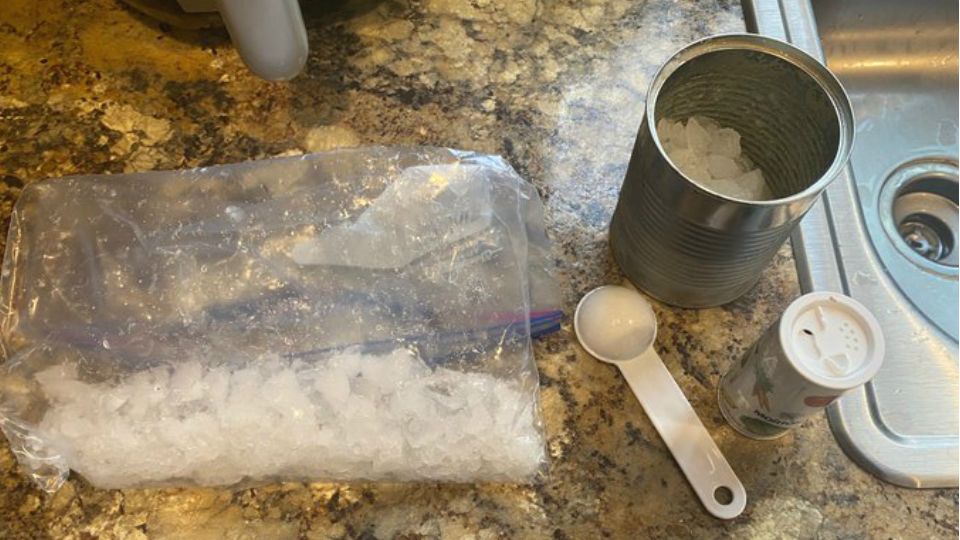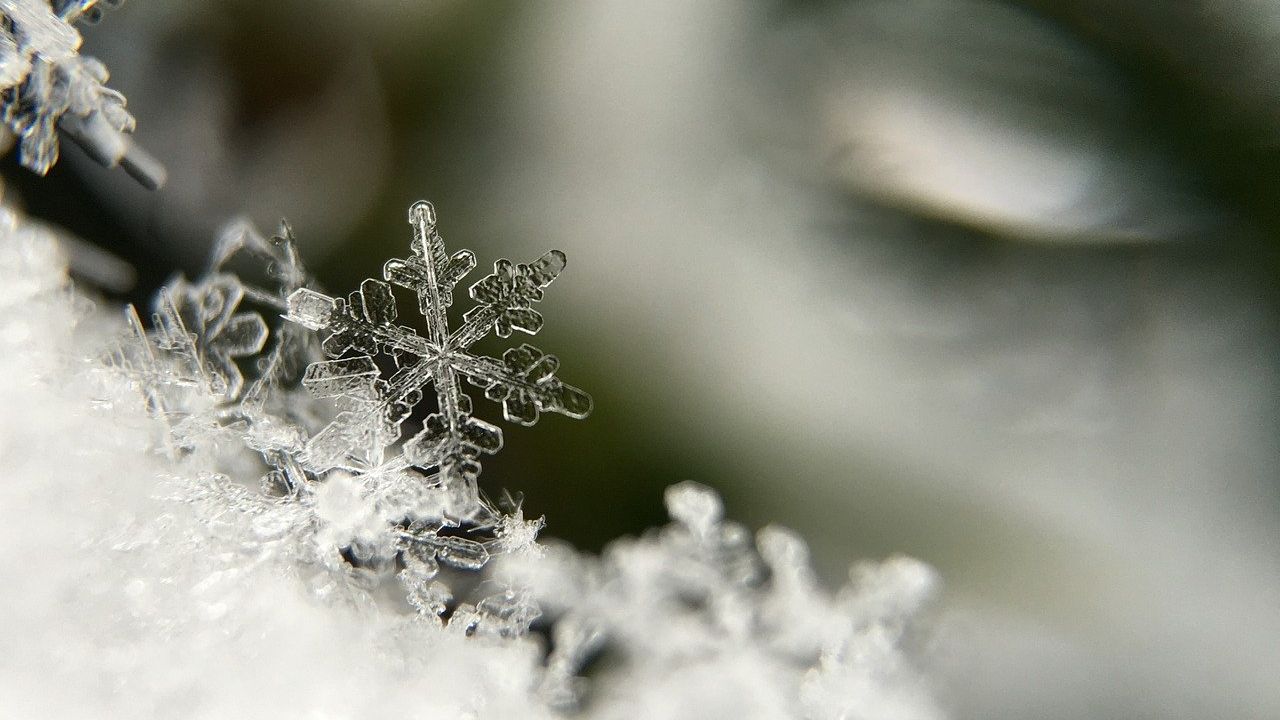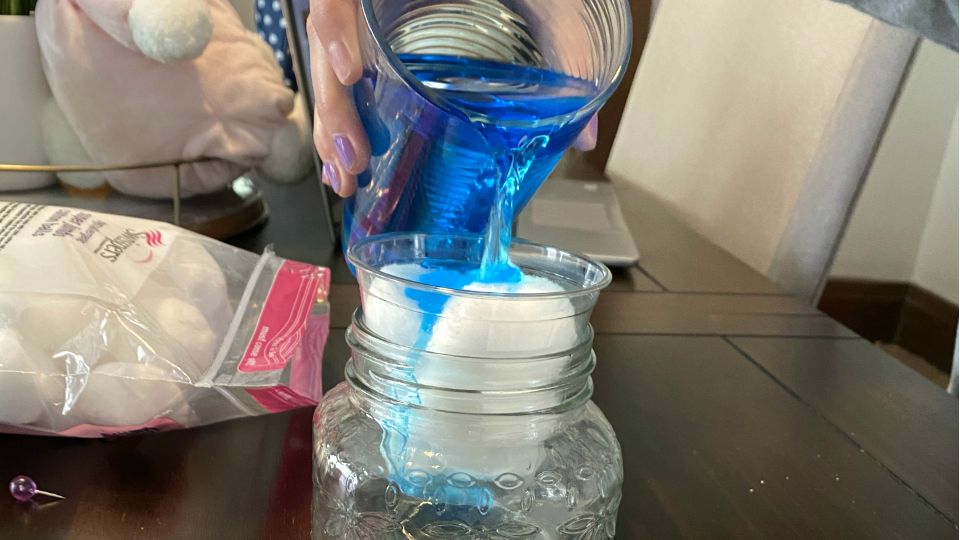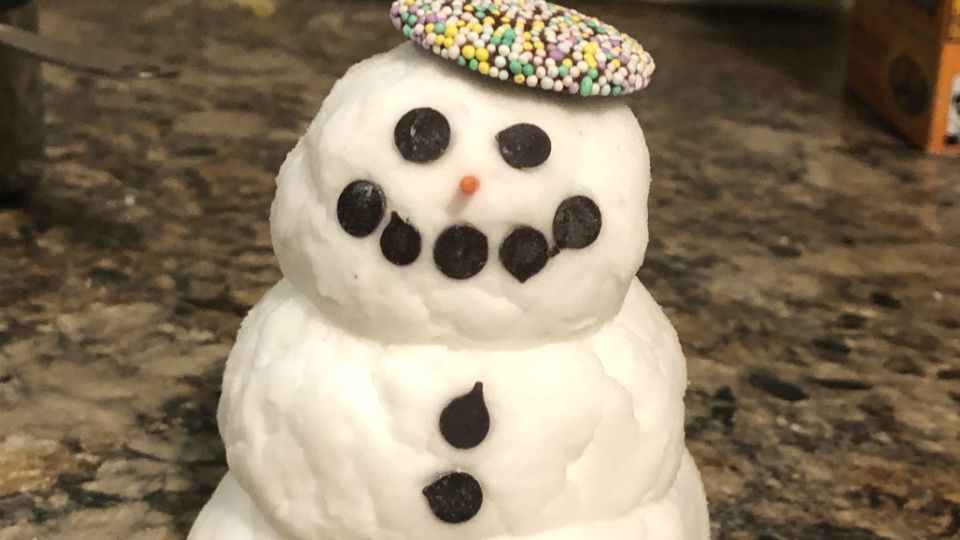*Note: Project Weather lessons should always have adult supervision.
This time of year, frost and freeze advisories are very common. In fact, last week we had one almost every single night. But what is frost and why do we need to be concerned about it?
Frost is water vapor that becomes solid. You will typically see frost develop on cars, windows, and plants that are outside in air that is filled with moisture. Frost forms when an outside surface cools past the dew point.
Frost usually forms at night, when the air temperature is cooler. Once the sun rises, frost melts very quickly. The reason so many people care about frost is because it can severely damage crops. Farmers have had entire fields destroyed in just a few frosty nights. Nowadays, farmers have ways to protect their fields from frost. One of the most common in our area is called the selective inverted sink (SIS method). That method uses a large fan that draws cold, moist air up into a chimney. The chimney expels the cold air far above the crops. This protects the crops from any damage.
There are a few different types of frost that can form. Some of the most common are:
1. Radiation frost is frost in that shows up on the ground or exposed objects outside. This type of frost can also be called hoarfrost. In addition to being found outside, you can see this form in your freezer!
2. Advection frost is a collection of small ice spikes. Advection frost forms when a cold wind blows over the branches of trees, poles, and other surfaces.
3. Rime is frost that forms quickly, usually in very cold climates. Rime also forms in windy weather. Rime sometimes looks like solid ice. Ships traveling through cold places like the Arctic Ocean often end up with rime covering at least part of the exposed part of the ship.
In this week’s experiment, we will be making frost in a can! What you need to take part is an empty soup can without a label, a bit of crushed ice, and four tablespoons of table salt.
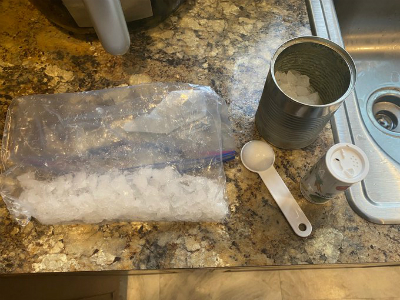
In the tin can, put a mixture of crushed ice about half full and about four tablespoons of salt. Mix it well for about 30 seconds and then let it sit.
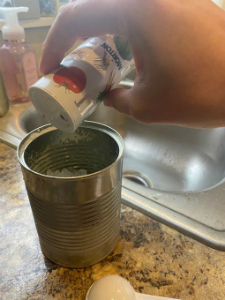
Note the frost forming on the outside of the can with the ice and salt mixture. This happens because the salt wants to absorb water to make a salt solution. To do that, the salt has to melt the ice into water. The heat required to melt the ice comes from the ice itself. The strange effect is caused by the chemical reaction between the salt and the ice. Melting the ice surprisingly makes the mixture cooler. The salt water mixture inside the can gets below freezing, so the moisture from the air that collects on the outside of the can will freeze.
Now, take the quiz below!





